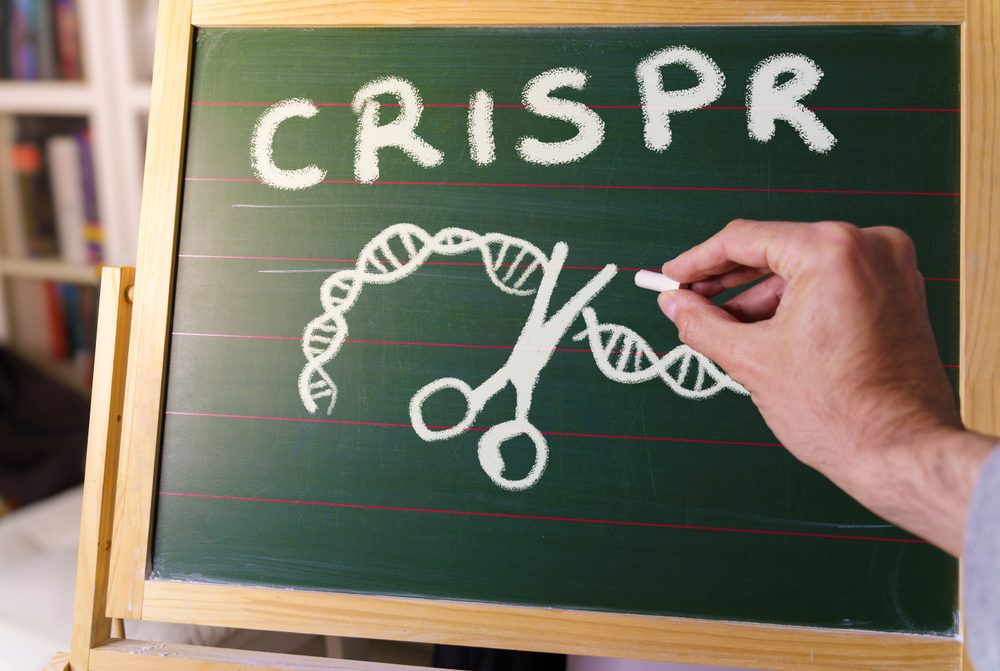Researchers at the UK Dementia Institute in London (UK DRI) have identified a common denominator for various gene mutations that cause amyotrophic lateral sclerosis (ALS).
A new CRISPR study shed light on an ALS-associated dysfunction that was not known previously. The new research shows that when there is an ALS-linked disfunction in the mitochondria, it can indicate an early sign of ALS, even before other visible signs of the disorder appear.
As reported in MedicalXpress, the study was published in Nature Communications. It indicates a heretofore unknown ALS target. Treatment for ALS centers on the prevention of life-threatening complications as currently there is no cure.
Eva Hedlund MD, of Stockholm University co-led the study along with Marc Ruepp MD at UK DRI. Dr. Hedlund noted that nerve cells (motor neurons) begin to have issues almost immediately after they form. The doctor said the researchers witnessed problems in mitochondria, alternately called energy factories, in the way they were transported into nerve cells. Dr. Hedlund observed that being transported into the nerve cells is a long process that demands a great amount of energy such as that which is produced by mitochondria.
A Commonality
The research team established that the issues they found were common to mutations caused by ALS. Note that this is an important finding for future ALS treatments.
Dr. Hedlund further explained that these are common factors that can be targeted no matter what caused the disease.
CRISPR/Cas 9 Gene Scissors
The researchers used CRISPR/Cas9 gene scissors to introduce certain mutations into iPIS stem cells that were caused by ALS.
Reprogrammed Cells
Two types of neurons were then produced, namely:
- Nerve cells that were lost in ALS, and
- Interneurons that have shown somewhat of a resistance to ALS
The newly produced neurons were subsequently analyzed using RNA sequencing which identifies mRNA in each cell.
The researchers were able to show, for the first time, that most errors that have taken place are a result of a new toxic property and not by a loss of function. Dr. Hedlund acknowledges that there is still much that is unknown, and their findings will be important keys as to why the synapses, the space between motor neurons and muscles, is broken in ALS.
The doctors mention a third discovery which is the transportation of mitochondria into axons described as extensions of nerve cells where most mitochondria are needed but instead are greatly affected by ALS.
This issue happens independently whether or not the proteins were misplaced in the cells. It also poses a problem as there is an urgent need for these “energy factories”.
Without sufficient energy the cells are unable to effectively communicate with other cells.









